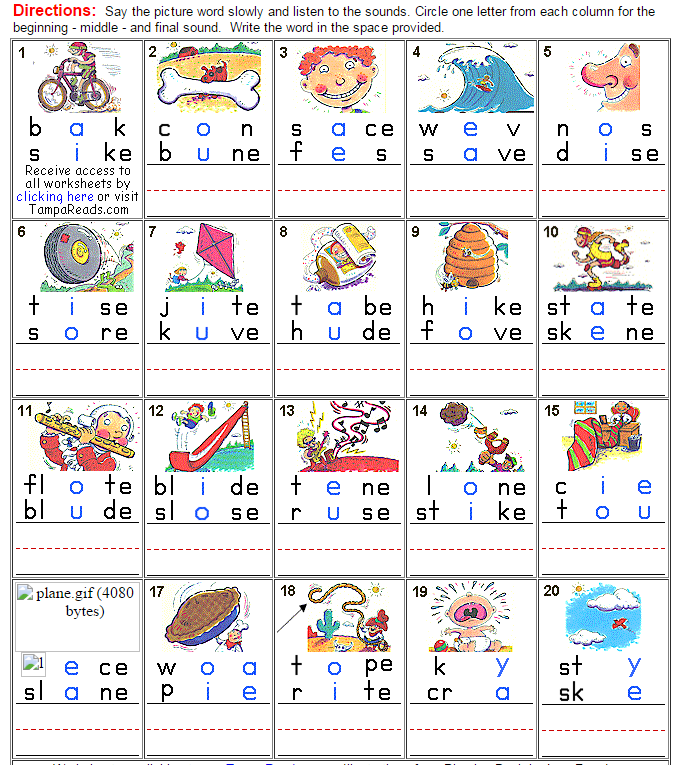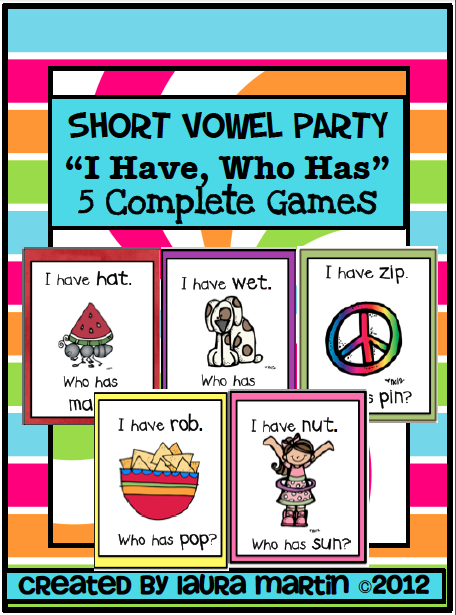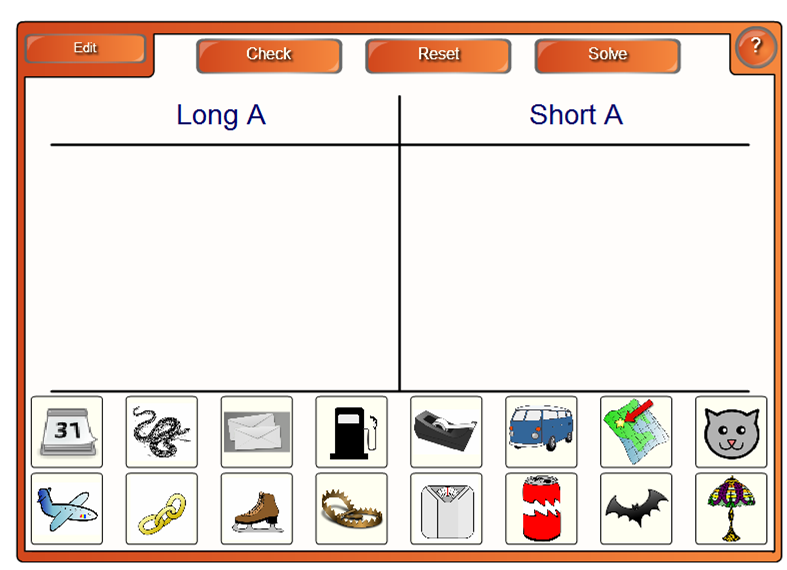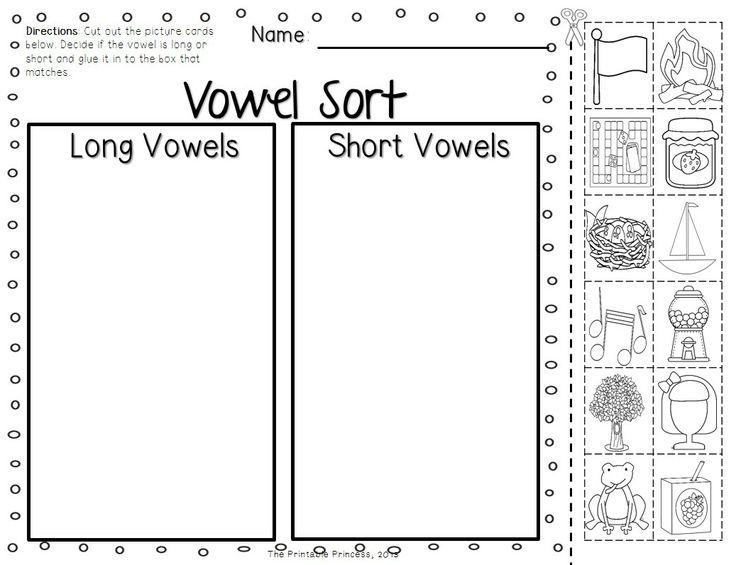Learning standard
“Apply knowledge of short and long vowels (including vowel teams) when reading regularly spelled one-syllable words” (Indiana Department of Education. GRADE 2, 2015, p. 2).
Teaching young learners, the difference between short and long vowels is an essential step to enhancing literacy among them. However, to present the specified information to two-grade students, a teacher must use several colorful literacy centers that will help make the lesson and, therefore, the information provided by the teacher memorable.

The literacy center introduced above can be deemed as very efficient in terms of teaching young children to distinguish between short and long vowels in words that have very similar forms. As a result, young learners become capable of developing intuition, which is essential for young readers. In addition, the specified exercise teaches students to recognize specific patterns that they will later be able to identify when dealing with unknown words (Lim, 2014).

Although the literacy center provided above cannot be deemed as traditional, it still has a lot to offer in terms of teaching young students to differentiate between short and long vowels in words. The fact that the specified learning center is a game, in fact, increases the chances that the students are going to remember the information provided to them in a more efficient manner. According to a recent study, teaching children through playing is an essential strategy that a teacher must adopt so that the learners could become engaged in the studying process (Reinders, 2012). Therefore, the literacy center under analysis can be deemed as important.

Despite being rather restricted in terms of variety of sounds for students to practice on, the literacy center provided above offers rather graphic examples of the difference between a short and a long “A” vowel. Although the literacy center in question cannot be viewed as a comprehensive exercise for training the students’ ability to distinguish between short and long vowel sounds, it still sets the background for their understanding of how the specified rule works based on the example of the letter “A.” Therefore, it should be viewed as a short warm-up exercise before the actual assignment that the learners will have to carry out in class.

Last but definitely not least, the learning center provided above offers ample opportunities for young students to understand the concept of long vs. short vowels in the English language and, more importantly, apply it when writing, reading or communicating. In other words, the significance of the learning center provided above concerns its ability to put the seemingly bland phonetic rule into perspective, therefore, making it attractive and, thus, memorable for young learners (Rich, 2014).
Teaching young students the concept of long and short vowels is a tricky task as it requires a combination of both flexible teaching strategies and the learning centers that will engage learners. The literacy centers provided above can be considered viable as far as teaching young students the basics of short and long vowels use, as they trick students into learning the rule by offering them a game or another exciting activity. More importantly, by performing the tasks, the students learn the patterns that they will recognize later on when dealing with more complicated tasks.
Reference List
Finale rule. (2015). Web.
Indiana Department of Education. GRADE 2. (2015). Web.
Lim, Y. T. (2014). Disciplinary intuitions and the design of learning environments. Berlin: Springer.
Martin, L. (2012). Short-vowel party.
Reinders, H. (2012). Digital games in language learning and teaching. London, UK: Palgrave Macmillan.
Rich, S. (2014). International perspectives on teaching English to young learners. London, UK: Palgrave Macmillan.
SMARTboard Center. (2015). The teacher’s blog.
Vowel sort. (2015).